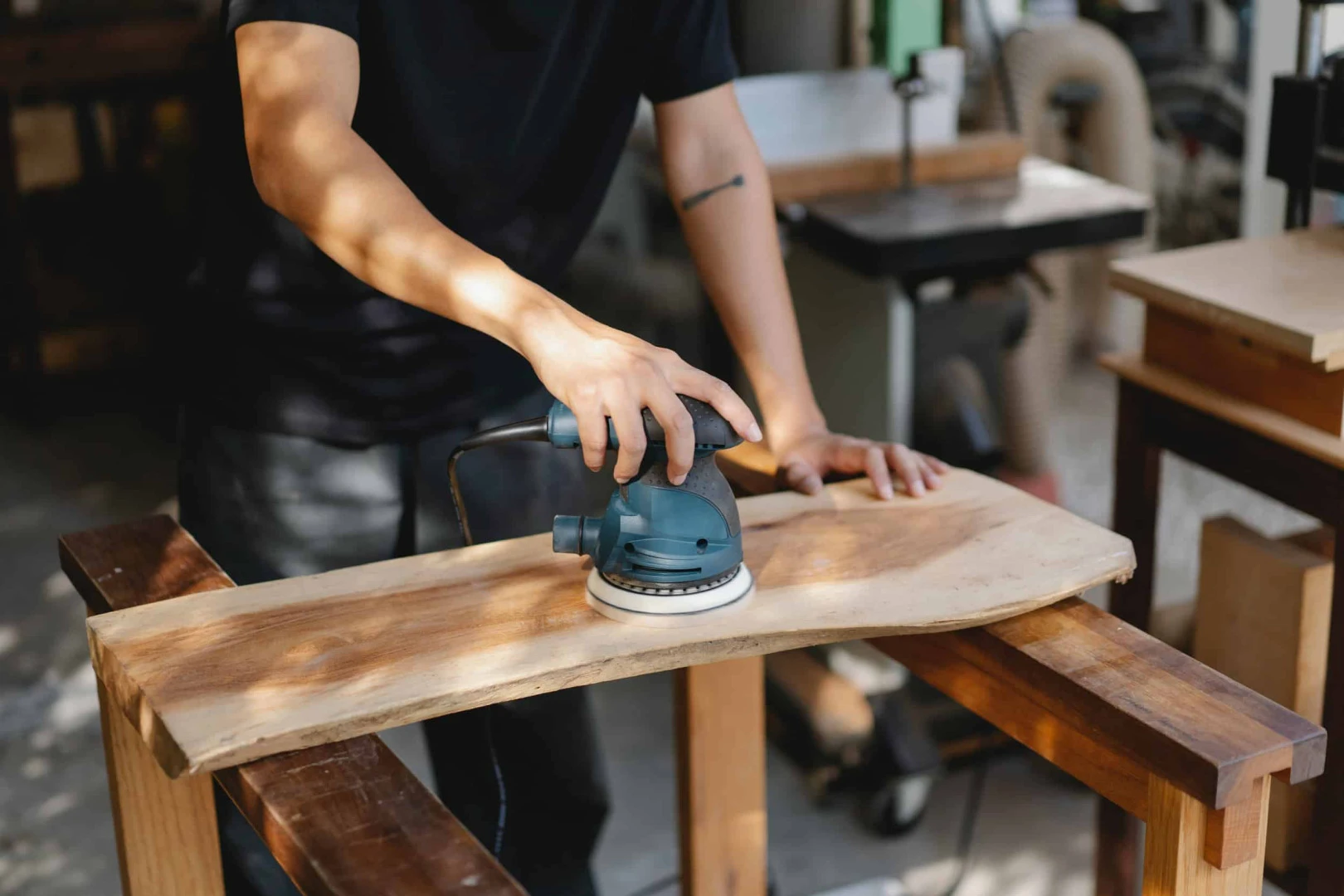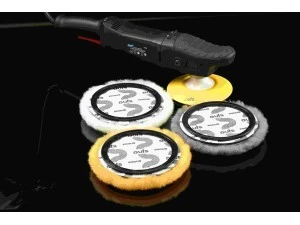Varnish is a transparent, glossy, or matte coating material used to protect and aesthetically enhance various surfaces. Widely preferred on wood, metal, and some plastic surfaces, varnish offers both protective and decorative properties. In this article, we will cover what varnish is, its uses, how to apply it, and the use of polishing pads after varnishing.
What is Varnish?
Varnish is a resin-based liquid applied to surfaces to provide a transparent and durable coating. Available in water-based or solvent-based formulations, varnishes are commonly used to protect wood, metal, stone, and ceramic surfaces. Once applied, it dries and hardens, forming a protective layer on the surface.
This layer makes the surface resistant to scratches, moisture, sunlight, chemical contact, and physical wear. Varnish is frequently used on wooden furniture and floors, exterior applications, the automotive industry, and marine surfaces. Besides providing aesthetic gloss or matte effects, it extends the surface’s lifespan and reduces maintenance needs.
What is Varnish Used For?
The main purpose of varnishing is to protect surfaces from environmental factors and enhance their appearance. Key advantages of varnish application include:
Protection: Shields surfaces from scratches, moisture, temperature changes, and chemicals.
Aesthetic Appearance: Creates a glossy, matte, or satin texture for decorative effect.
Durability: Extends the lifespan of the surface.
Color Preservation: Protects the underlying color from fading.
What Does Varnish Do on Painted Surfaces?
Applying varnish on painted surfaces extends their life and improves appearance. It adds a transparent protective layer over the paint, offering extra resistance to external factors. Benefits include:
Protects paint from UV rays, water, dust, dirt, and chemicals.
Increases durability against scratches, impacts, and deformations.
Enhances gloss and aesthetic appeal, giving a smooth and vibrant finish.
Prevents color fading.
Facilitates cleaning by reducing dirt accumulation and allowing easy wiping with a damp cloth.
Varnish is particularly effective for furniture, wooden surfaces, and outdoor objects, preserving both aesthetics and structural durability.
How to Use Varnish
Varnishing is simple but requires attention to some key points. Ensure the surface is properly prepared before application.
Steps for Applying Varnish:
Surface Cleaning: Remove dust, dirt, and grease to ensure proper adhesion.
Sanding: For surfaces like wood, sanding smooths rough areas and improves varnish adhesion, ensuring a more even and aesthetic finish.
Application: Varnish can be applied with a brush or roller. Brushes provide thin, controlled layers, while rollers are faster for large surfaces. Apply in thin layers and allow each layer to dry.
Drying Time: Varnish typically dries within a few hours, but full curing may take up to 24 hours, depending on the type and environmental conditions.
Where is Varnish Used?
Wood: Furniture, floors, boats, and other wooden products. Protects from water and moisture for longer life.
Metal: Adds a protective layer to reduce oxidation and enhance aesthetic gloss.
Automotive Applications: Protects car paint from external damage and maintains long-lasting shine.
Boats and Yachts: Applied on wooden and fiberglass surfaces for protection and aesthetics.
Using Polishing Pads After Varnish
After varnishing, surfaces become smoother and glossier. To further enhance gloss and final touches, polishing pads can be used. They help polish the surface after varnish application, creating a more even finish.
Tips for Using Polishing Pads After Varnish:
Pad Selection: Lambskin polishing pads provide the best results, smoothing the varnish surface and enhancing gloss.
Start at Low Speed: Operate the machine at low speed to prevent scratches.
Even Application: Use circular motions to ensure uniform shine across the surface.
Gentle Pressure: Avoid pressing too hard; soft, gentle movements protect the varnish while polishing.




